





Dopamine
Application instruction:
 Dopamine – cardiotonic and hypertensive drug.
Dopamine – cardiotonic and hypertensive drug.
Form of release and structure
Dosage form – a concentrate for preparation of solution for infusions: the transparent, slightly painted or colourless liquid (on 5 ml in glass colourless ampoules, in a blister strip packaging or cardboard a tray on 5 ampoules, in a cardboard pack 1 either 2 packagings or trays; on 5 or 10 ampoules in a cardboard box or a pack).
Active ingredient of the Dopamine – a dopamine a hydrochloride, in 1 ml – 5 mg, 10 mg, 20 mg or 40 mg.
Auxiliary components: Acidum hydrochloricum solution of 0,1 M (to pH 3,5-4,0), sodium disulphite, water for injections.
Indications to use
- Acute form of cardiovascular insufficiency of various etiology;
- Cardiogenic, anaphylactic, infectious and toxic, hypovolemic (after recovery of volume of the circulating blood), postoperative shock;
- Arterial hypotension;
- Syndrome of low cordial emission at patients of a heart surgery;
- Increase in a diuresis at poisonings.
Contraindications
- Hypertrophic subaortic stenosis;
- Pheochromocytoma;
- Fibrillation of ventricles;
- Individual intolerance of a dopamine.
With care it is recommended to appoint the Dopamine sick with disturbance of a cordial rhythm (a tachyarrhythmia, ventricular arrhythmia, fibrillation of auricles), a hypovolemia, a metabolic acidosis, a myocardial infarction, a hypercapnia, hypertensia in a small circle of blood circulation, a hypoxia, a thyrotoxicosis, a prostate hyperplasia, a diabetes mellitus, closed-angle glaucoma, occlusal diseases of vessels (including freezing injury, a thrombembolia, the atherosclerosis obliterating a thromboangitis, a diabetic endarteritis, an obliterating endarteritis, a Raynaud's disease), bronchial asthma (at hypersensitivity to disulphite in the anamnesis); during pregnancy and breastfeeding; aged up to 18 years.
Route of administration and dosage
Ready solution of the Dopamine is entered intravenously kapelno.
The mode of dosing and the period of use are appointed by the doctor on the basis of clinical indications individually taking into account the size of the arterial pressure (AP), reaction of the patient to drug, severity of shock.
For increase in contractility of a myocardium and a diuresis the recommended dose makes 0,1-0,25 mg/min., in need of impact on the ABP the dose is lifted to 0,3-0,5-0,7 mg/min. For adult patients the maximum dose should not exceed 1,5 mg/min.
To children appointment is made taking into account the child's weight – on 0,004-0,006 mg on 1 kg a minute.
Use of a dopamine can last up to 28 days.
Side effects
- Cardiovascular system: decrease or increase in the ABP, bradycardia or tachycardia, pains behind a breast, conductivity disturbances, expansion of the QRS complex, increase in end diastolic pressure in a left ventricle, a vasospasm; at high doses – supraventricular or ventricular arrhythmia;
- Nervous system: more often – a headache; less often – motive concern, uneasiness, a tremor of fingers of hands;
- Alimentary system: nausea, vomiting, bleedings from digestive tract;
- Allergic reactions: at patients with bronchial asthma – a bronchospasm, shock;
- Metabolism: polyuria;
- Local reactions: a necrosis of skin and hypodermic cellulose at hit of solution under skin;
- Others: less often – an azotemia, an asthma, a piloerektion; seldom – a polyuria (at therapy in low doses).
Special instructions
Use of the Dopamine at a hypovolemia can be begun only after compensation of volume of the circulating blood.
Administration of solution needs to be accompanied with careful control of heart rate, the ABP, an electrocardiography, size of a diuresis, pulmonary pressure, a stroke output of heart, filling pressure of ventricles, the central venous pressure.
At decrease in a diuresis it is necessary to lower a dopamine dose.
At simultaneous use of monoamine oxidase inhibitors (MAO) the dose of a dopamine is required to be reduced by 10 times.
Medicinal interaction
At simultaneous use of the Dopamine:
- Diuretics: strengthen diuretic effect of drug;
- Furasolidone, селегилин, Procarbazinum and other MAO inhibitors, гуанетидин: can strengthen duration and intensity of the cardiostimulating and pressor effect of a dopamine;
- Octadinum: increases sympathomimetic action of a dopamine;
- Cyclopropane, энфлуран, chloroform, a halothane, метоксифлуран, изофлуран and other inhalation means for the general anesthesia (derivatives of hydrocarbons): increase risk of emergence of heavy disturbances of a cordial rhythm;
- Hormones of a thyroid gland: can strengthen the action and action of a dopamine;
- Levodopa: the probability of development of arrhythmias increases;
- Beta adrenoblockers derivative of phenyl propyl ketone: reduce action of a dopamine;
- Cocaine and other sympathomimetics: strengthen cardiotoxic effect of drug;
- Cardiac glycosides: can promote increase in risk of development of disturbances of a cordial rhythm;
- Oxytocin, ergometrine, methylergometrine, ergotamine: increase vasopressor effect, risk of emergence of ischemia and gangrene, heavy arterial hypertension, up to threat of intracraneal hemorrhage;
- Maprotilinum and other tricyclic antidepressants: strengthening action of a dopamine, can cause development of arrhythmia, tachycardia, heavy arterial hypertension;
- Phenytoinum: the risk of development of heavy arterial hypotension increases;
- Guanetidin, guanadret, Methyldopum, Rauwolfia alkaloids: their hypotensive effect decreases.
The dopamine reduces anti-anginal effect of nitrates, and those, in turn, reduce pressor effect of sympathomimetics, increasing risk of development of arterial hypotension.
Solution is incompatible with oxidizers, iron salts, alkaline solutions, thiamin.
Terms and storage conditions
To store at a temperature up to 25 °C. To protect from children.
Period of validity – 3 years.
Was considered earlier that yawning enriches an organism with oxygen. However this opinion was disproved. Scientists proved that yawning, the person cools a brain and improves its working capacity.
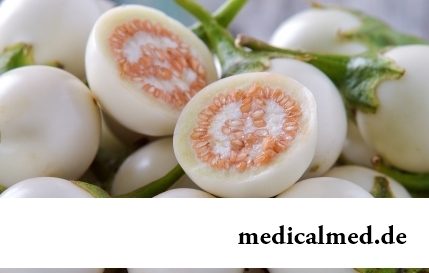
It is possible to find the extensive range of fruit and vegetables in modern shops. Russians already got used that on counters in any...
Section: Articles about health
Cold, puffiness of a nose, itch, the watering eyes - characteristic symptoms of the allergic rhinitis resulting from hit of allergens (pollen, house dust, hair of animals, etc.) on a mucous membrane of a nose. Unpleasant feelings often deliver беспоко...
Section: Articles about health
Bathing in broths of medical flowers and plants (phytobathtub) was eurysynusic since Cleopatra who is a good judge in all that concerns beauty and health. And today phytobathtubs is the simple and available means allowing not only to remove nervous tension, but also to recover from many diseases. Grass bathtubs at treatment of cold, osteochondrosis, radiculitis, skin diseases, and also diseases of urinary tract and vessels are especially effective....
Section: Articles about health
There comes the season of issues. Many Russians already dream of outdoor recreation, trips, beautiful seaside beaches....
Section: Articles about health
For anybody not a secret that the modern person eats not as his ancestors. For the last 100 years in broad access there were absolutely new products which are result of use of the latest technologies in food production. Significantly changed спо...
Section: Articles about health
Color of plants is caused by presence at them of certain chemical compounds. Let's talk about what is meant by various colors of vegetables and fruit and what properties they give them....
Section: Articles about health
The kid who was recently born is surrounded with love of adult family members and their cares without which the baby cannot exist....
Section: Articles about health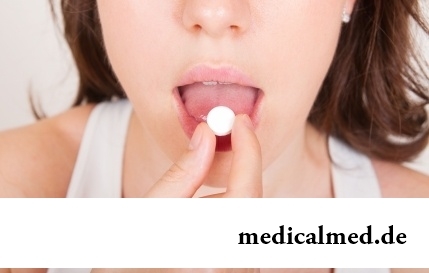
Any person who faced a disease knows that treatment costs expensive. It belongs also to consultations of qualified specialists, and to the diagnostic procedures which are not included in the list of obligatory medical services. Question of cost of medicinal Wednesday...
Section: Articles about health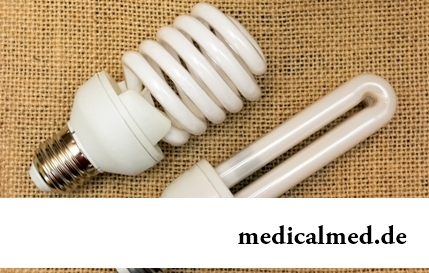
Energy saving lamps are one of the most popular products of innovative technologies, and there is no wonder: they much more economic also are more long-lasting than usual filament lamps. At the same time there are fears that energy saving bulbs can become the reason of emergence of problems with health. Unfortunately, some of similar opinions have the real reasons....
Section: Articles about health
Almost each of us during life faced dissatisfaction with own body. At such moments, as a rule, we beginning...
Section: Articles about health
The state of health of the person in many respects depends on food. The organism will well function if during food it receive only useful substances, necessary vitamins and microelements. In this case there will be no problems with digestion, with лишн...
Section: Articles about health
Herpes simplex of the first type (the infectious disease which is shown periodic bubble rashes on lips is called) – one of the most widespread illnesses. Statistically, only 5% of inhabitants of our planet are unreceptive to its activator, and the reasons of this feature are still not found out. Other people are virus carriers....
Section: Articles about health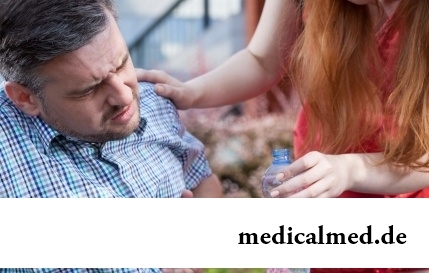
Each of us faces from time to time that other people need the immediate help. We react to it on-raznomu:...
Section: Articles about health
The words "disease" and "patient" not without reason come from one root – "pain". As a rule, symptoms of illnesses thoroughly spoil to patients life. However from this rule there are exceptions. Some diseases are shown by signs which can cause even полож...
Section: Articles about health
It seems, quite recently you brought the baby from maternity hospital, but time flew by, and here it is already going to join the first in life children's collective. How to prepare the child for visit of a garden? What needs to teach him to facilitate adaptation process? What to tell and how to behave that the kid transferred changes in the life without serious consequences? Let's try to find answers to these questions....
Section: Articles about health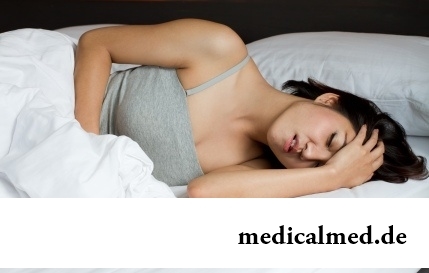
Nightmares belong to the most unpleasant frustration. Statistically, they happen at 4% of adults, and almost at 70% of children and...
Section: Articles about health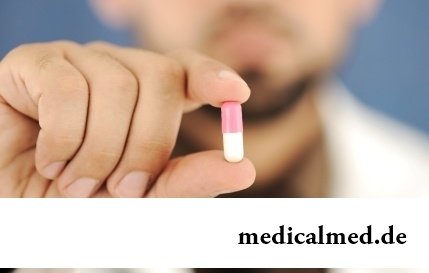
The drugs stopping or oppressing life activity of pathogenic microorganisms are widely applied in clinical practice from 40th years of the last century. Originally antibiotics were called only substances natural (animal, vegetable or микробног...
Section: Articles about health
Traveling all over the world, many try to try the most exotic dishes of national cuisines. There is even a so-called gastronomic tourism which, according to gourmets, not only allows to receive new feelings, but also is capable to show life of other people from absolutely unexpected side....
Section: Articles about health
The naturopathy sometimes moves as the new direction of medicine, something like fashionable hobby, and there is nothing farther from the truth....
Section: Articles about health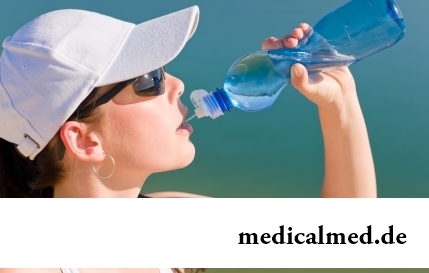
It is known that the person for 80% consists of water which participates in all processes of an organism. The person loses liquid daily – as a result of sweating, breath, an urination, and its insufficient completion due to various reasons can bring to обезвожив...
Section: Articles about health
Quite large number of people adheres to the principles of vegetarian food. But how to be if in a family of vegetarians there are children? Whether it is possible to eat also it the same as to parents, or after all the children's organism is not adapted for the use of exclusively vegetable food? Let's try to understand....
Section: Articles about health
We live during an advertizing era. Daily each person receives a solid portion of persuasive councils about what to eat to be здо...
Section: Articles about health
Musicotherapy – a treatment method which caused and causes a set of a controversy concerning its efficiency. However the facts are relentless: during the numerous researches curative impact of music on an organism was scientifically confirmed. Since then in a number of the countries a method...
Section: Articles about health
Run - one of the most available and effective ways to revitalize the organism. Knowing about its extraordinary advantage, each of us at least once tried to make jogs, but only the few made these occupations regular. In spite of the fact that in jogging (easy jogging), apparently, there is nothing difficult, the beginning runners often make mistakes which lead to complete cessation of trainings. Let's consider 10 useful tips for beginners who will allow them to make regular п...
Section: Articles about health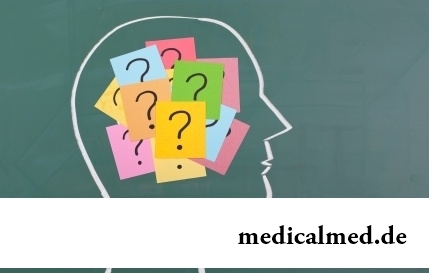
Memory is an ability of the central nervous system to fix, keep and as necessary to reproduce information on knowledge...
Section: Articles about health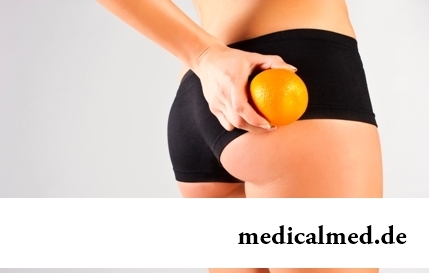
Cellulitis - very widespread cosmetic shortcoming which arises approximately at 80% of women sooner or later. Emergence it is connected with change of structure of a hypodermic fatty layer. At the same time on the surface of skin at first there are roughnesses (cambers...
Section: Articles about health
Deciding to get rid of an addiction, not all imagine what effects it is necessary to face. Process of refusal of smoking causes quite essential discomfort in most of people: differences of mood, a sleep disorder, fatigue, decrease in physical and intellectual activity and a number of other symptoms reducing quality of life. Abstinence can be strong: an essential part of attempts comes to an end leaving off smoking failure, and people are returned to the use of cigars...
Section: Articles about health
